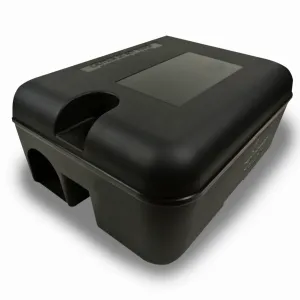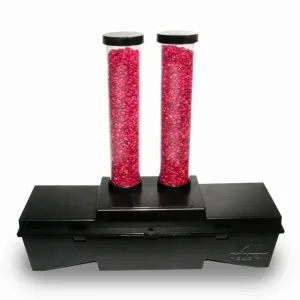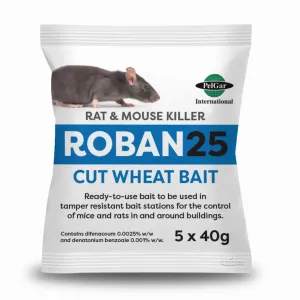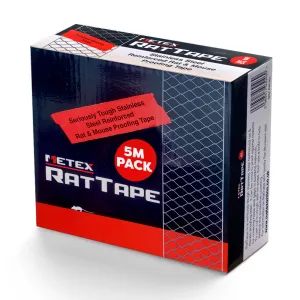There are very good reasons to try and eliminate rats from your garden. It’s well understood that they pose a risk to health because of their effectiveness as carriers and spreaders of diseases. Some of the viruses and bacteria they carry can cause, among other illnesses:
• Salmonella
• Weil’s disease
• Tuberculosis
• E. Coli
• Cryptosporidiosis
• Listeria
A growing problem
These infections pose an obvious risk to our health, but also to the health of our pets. Disease transmission is made via direct contact, inhaling airborne excreta particles, or via fleas, ticks and lice from our pets who may have encountered rats in the garden.
Their population is rising in the UK; a single female rat can produce as many as 70 pups a year. This statistic supports the incredible volume of infestation callouts in the UK – up to 743 a day in 2023.
Although you may be more likely to see a rat in winter as they seek out easier food sources and warmer places to settle, there is a lot you can do to reduce the chances of having rats in your garden – at any time of year.
Good garden hygiene
New natural gardening trends can unwittingly provide attractive spaces for rats. Long grass, fresh compost heaps, wildflower patches and bird feeders can provide excellent rat hiding places and good sources of food.

Rats love bird seed
Whilst we wouldn’t advocate a sterile garden, a few changes to garden practices can help keep these tenacious rodents at bay:
• Keep grass on the short side. Rats love to hide and will avoid a mown lawn.
• Trim tree branches, especially those close to buildings. Rats climb trees with ease and can use longer branches as their personal climbing frame.
• If you’re vegetable gardening, clearing weeds in between crop rows will keep hiding spots in food production zones to a minimum.
• Cover compost heaps, and seal bins. Don’t leave plastic bags of rubbish out.
• Clean up underneath bird feeders every evening. Rats are attracted to bird seed on the ground, as well as bird droppings and pigeon faeces.
• Remove anything rats can chew on. They will gnaw through an amazing variety of material to keep their teeth sharp, including plastic piping and wood.
• Clean up after barbecues and garden picnics, brushing up crumbs and cleaning up spillages.
• Don’t leave pet food bowls outside.
• Seal up any gaps in fences and walls. Rats can chew through materials like plastic and caulk, so seek a permanent fix where possible.

Rats are good tree climbers
The RSPCA advocates the use of natural repellents including planting wood hyacinth, allium and daffodils. But if these methods and day-to-day improved garden hygiene practices haven’t worked you might want to look at using a rat trap and rodenticide.
Targeted control
Modern traps and rodenticides are efficient and fast acting, posing little risk to other wildlife, pets or humans, so you can use them with confidence.
Bait can take the form of grains or paste to use in conjunction with traps, or weather resistant block baits for inside or outside use.
Their ingredients attract rodents with specially formulated aromas. When used in conjunction with traps, the bait’s aroma will entice the rodents inside where they will eat the bait, leave and then die a few days later in their nest.
Tamper-proof bait stations allow rats to enter but prevent non-target wildlife and curious children from contacting the bait.
Baits contain a strong dye which colour the rats’ droppings, clearly indicating whether they’ve taken the bait.
Traps should be positioned in an area where rats are actively moving around. Look for signs of rat damage, gnawing, and droppings, and place the trap in this area as soon as you see evidence of their presence.
 Look for evidence of rat activity including droppings and paw prints.
Look for evidence of rat activity including droppings and paw prints.
Inspect bait stations daily if possible and top up the bait as soon as you see it has been depleted – you may need more than one trap depending on the scale of infestation. Rats will take a few days to approach a bait station as they are wary of new objects in their environment.
Consumption of bait should decline at around ten – 14 days, a sign that the process is working. Once you see that no more bait is being taken, you can leave the traps in place but dispose of unused bait safely.












